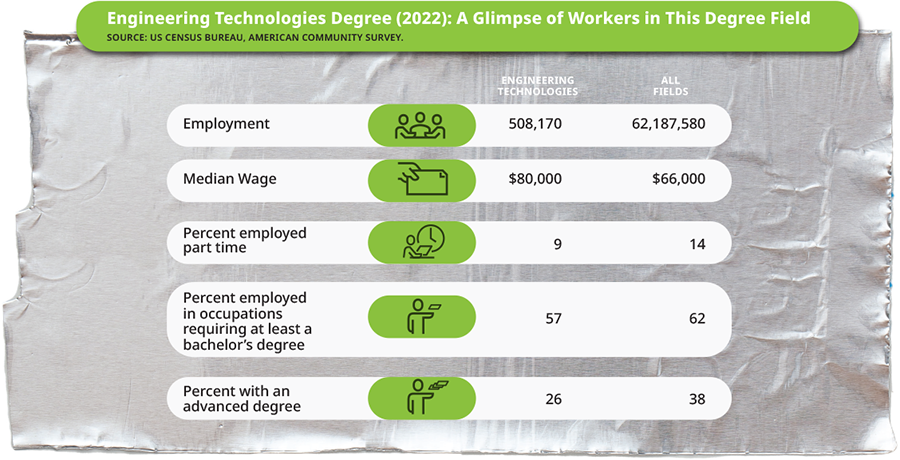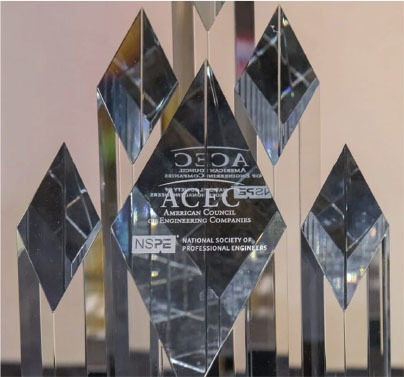November 2008
PE REPORT
Where Have All the Women Gone?
 As corporations, government agencies, and engineering associations contend that a shortage of engineers seems to only be worsening, a report by the Center for Work-Life Policy says that companies should focus on a labor source that's right in front of them—women.
As corporations, government agencies, and engineering associations contend that a shortage of engineers seems to only be worsening, a report by the Center for Work-Life Policy says that companies should focus on a labor source that's right in front of them—women.
The talent pipeline of women is "surprisingly deep and rich," according to The Athena Factor: Reversing the Brain Drain in Science, Engineering, and Technology. The project examined women's private sector SET careers and why so many drop out.
On the lower rungs of corporations, 41% of highly qualified scientists, engineers, and technologists are female. However, 52% of those women eventually quit their jobs. Why? First, women in all three areas face increased family and career pressures in their mid- to late-30s. "Stepping in with targeted support before this 'flight or fight' moment has the potential of lowering female attrition significantly," say the report's authors.
In addition, the report presents five "powerful antigens" in SET corporate cultures that contribute to the female exodus:
- Hostile macho cultures. Fully 63% of women in the study reported experiencing sexual harassment.
- Isolation. A woman in SET can be the only woman on a team or at a site, making it difficult to find support. Forty-five percent of women reported lacking mentors, and 83% said they lacked sponsors.
- Mysterious career paths. Because of "macho" cultures and isolation, women in SET find if hard to understand the path to advancement. Forty percent feel "stalled" or "stuck" in their careers.
- Systems of risk and reward. Women, who are often risk averse, especially without the support of other women, are at a disadvantage in the risk-taking cultures of SET companies.
- Extreme work pressures. SET jobs are especially time intensive and often require working across time zones because of their global nature.
According to the Athena Factor research, which was sponsored by Alcoa, Cisco, Johnson & Johnson, Microsoft, and Pfizer, attrition rates spike for women about 10 years into their SET careers. The report features 14 corporate initiatives, some in experimental stages, that aim to help retain women.
"The potential gains are huge," say the authors. Reducing the attrition rate just 25% would add 220,000 qualified workers to the SET labor pool.


 Volunteering at NSPE is a great opportunity to grow your professional network and connect with other leaders in the field.
Volunteering at NSPE is a great opportunity to grow your professional network and connect with other leaders in the field. The National Society of Professional Engineers (NSPE) encourages you to explore the resources to cast your vote on election day:
The National Society of Professional Engineers (NSPE) encourages you to explore the resources to cast your vote on election day:










